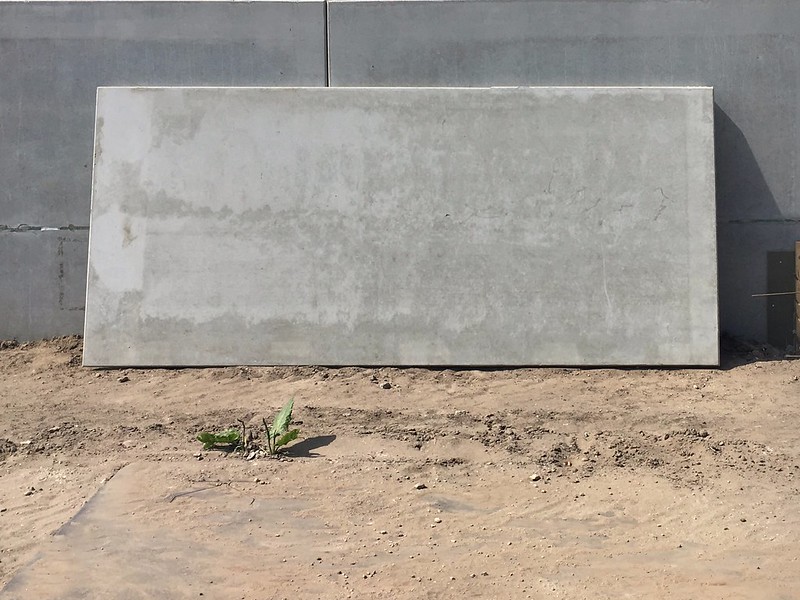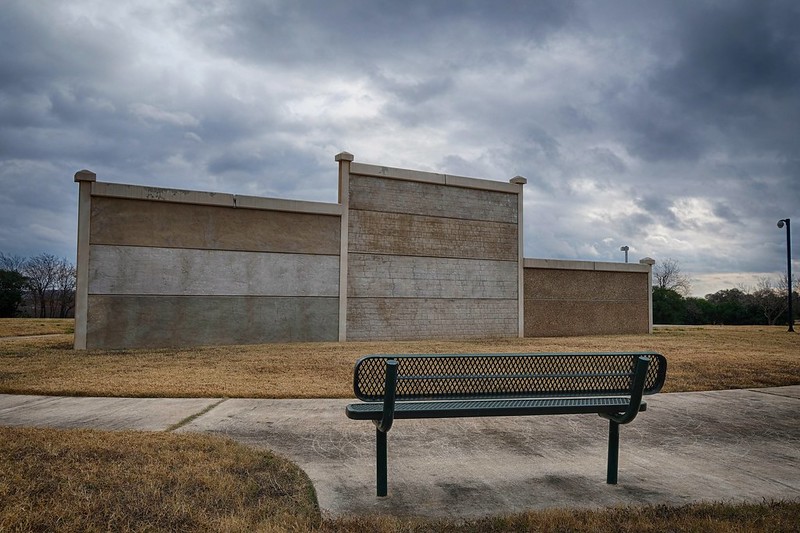As a matter of fact, concrete is such valuable material. It is used globally to create some of the most monumental structures such as residential houses, dams, bridges, skyscrapers, pavements, skating parks, and so on.
Meanwhile, the strength of concrete rarely fails to live up to its expectation. Interestingly, concrete has become an integral part of our society.
Similarly, it is considered by millions of people worldwide to be a durable and robust material. However, there are several ways to access the strength of different types of concrete. We will briefly discuss why they matter, quality, durability, and cost of concrete projects.
Concrete Strength and Its Properties
- Compressive strength of concrete
This is the standard and well-recognized measurement of concrete strength, to access the performance of a given concrete mix. The compressive strength measures the capacity of concrete to accommodate loads, which will reduce the actual size.
Typically, compressive strength is measured by the breaking of the cylindrical concrete specimen into a particular machine designed for that purpose.
- Concrete PSI
PSI (Pounds per Square inch) tests for the compressive strength of concrete properties. A high PSI implies that the concrete property is strong, and a lower PSI means just the opposite.
- Tensile Strength of Concrete
The ability of concrete to withstand possible cracking under tension is known as the tensile strength. A crack on concrete implies that the tensile force has exceeded the tensile strength of the concrete.
In the past, concretes were significantly inferior and had low tensile strength compared with compressive strength. However, today, for concrete to withstand tensile stress, they have to undergo reinforcement.
- Flexural Strength of Concrete
This is defined as the ability of concrete to resist bending. Furthermore, depending on the specific concrete mixture, Flexural strength occurs anywhere form 10 – 15 percent of the compressive strength.
Some other factors that contribute a concrete strength include:
- Water/ cement ratio (w/cm)
- Proportioning
- Mixing
- Curing Procedures
Eight Amazing Facts about Concretes
- The use of concrete in construction dates back to ancient Egyptian times. Over 5000 years ago, and the pyramids are one of such monuments constructed using concrete
- The largest unreinforced concrete dome in the world still stands today in Rome, Italy
- It is possible to produce a bubble gum scented concrete – Quintech LLC has successfully carried out this experiment
- Concrete makes the ‘Seven Wonders of the World” list. The Monumental statue in Brazil, Christ the Redeemer, is made from reinforced concrete
- During World War II, concrete was used to monitor encroaching aircrafts
- The oldest piece of concrete ever to be found on earth is over 12 million years old
- The man who had 49 patents, Thomas Edison, saw the potential of concrete
- A bricklayer created the first-ever man-made cement from Leeds. His name is Joseph Aspdin and he patented the infamous Portland cement
Finally, the mixture of concrete will determine how strong it is. To determine the type of concrete that will be suitable for your project, then you need to hire an expert. For advice from an expert visit https://www.concreteservicesdenver.com/.




